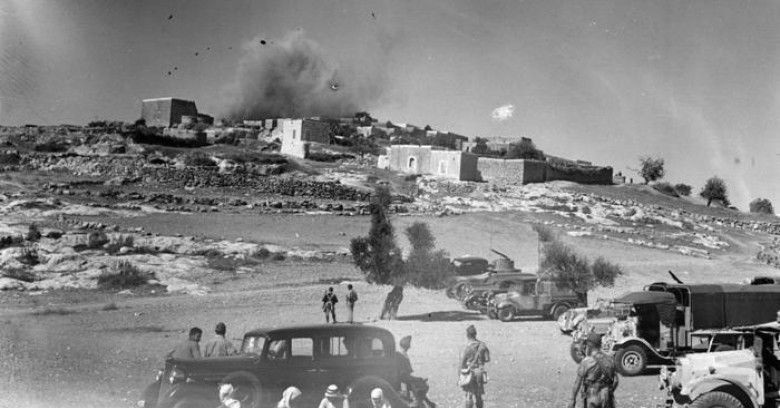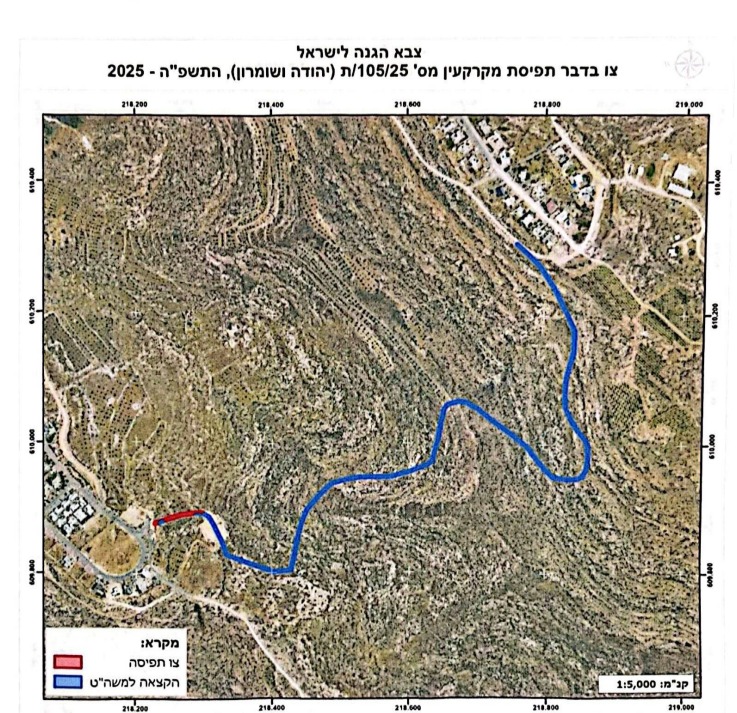RAMALLAH, November 19, 2009 (WAFA)- The Palestinian Central Bureau of Statistics (PCBS) said Thursday that half of the Palestinian society are children below the age of 18 years
PCBS issued a press release on the occasion of the International Day of the Child that is celebrated by the international community on November 20 of each year.
It said the estimated number of children (under the age of 18 years) in the Palestinian Territory in mid 2009 totaled 1.9 million; this represents about 49.4% of the total population, distributed 47.3% in the West Bank and 52.5% in the Gaza Strip.
The age structure of the Palestinian society in general and of children in particular indicates that the Palestinian society is young. Children aged less than five years constitute 14.8% of the total population living in the Palestinian Territory, children aged (5-9 years) constitute 13.9%, children aged (10-14 years) constitute 13.3%, while children aged (15-17 years) constitute about 7.4%.
The distribution of refugee children (under 18 years) in the West Bank is 27.7% and of non-refugee children is 72.3% according to the findings of the Population, Housing and Establishment Census – 2007. Regarding Gaza Strip, the distribution of refugee children is 67.1%.
Data on marriage and divorce in the Palestinian Territory in 2008 showed that 25.6% of total females who got engaged in the West Bank during 2008 were under the age of 18 years while only 1.0% of total males who got engaged in 2008 in the West Bank were under the age of 18 years.
The findings of the Palestinian Expenditure and Consumption Survey 2007 revealed that the poverty rate among Palestinian households according to income patterns is 57.3%. The poverty rate for households with children reached 59.3% while for childless households reached 47.2%.
The findings also revealed that poor households in the West Bank reached 47.2% of total households, whereas poor households with children reached 48.6%, and poor childless households reached 41.3%. On the other hand, 76.9% of households in Gaza Strip were poor, whereas 78.9% of these poor households have children, and 63.7% are childless ones.
The drop-out rate at the basic stage in the scholastic year 2007/2008 in the Palestinian Territory was 1.1% for male students and 0.5% for female students. At the secondary stage, the drop-out rate was 3.3% for male students and 3.2% for female ones in the same scholastic year.
The percentage of repetition at basic stage in the scholastic year 2007/2008 in the Palestinian Territory was 1.7% for male students and 1.4% for female students, while at the secondary stage, the percentage was 1.0% for male students and 0.7% for female students.
The results of the labor force survey 2009 (second quarter) showed that the percentage of employed children, whether paid or unpaid, amounted to 32,000 children which comprises 3.9% of the total number of children in the age group (10-17 years). The results revealed that 41.3% of total employed children, distributed by sex as 42.4% males and 31.4% females, in the age group (10-17 years) were not enrolled in schools; 58.7% of total employed children in the same age group, distributed as 57.6% males and 68.6% females, were enrolled in schools.
According to the findings of the labor force survey 2009 (second quarter), 23.9% of employed children in the age group (10-17 years) are classified as wage employees for others, whereas 70.7% of employed children are classified as unpaid family members. The results also showed that 5.4% of children in the age group (10-17 years) are self-employed and employers.
The same data showed that employed children whose age between (10-17 years) are concentrated in the agriculture sector with 48.1% of employed children; 27.5% of employed children were employed in trade, restaurants and hotels; 11.5% were employed in mining and manufacturing, whereas 8.0% of employed children were employed in the construction sector during the second quarter of year 2009.
The same data also revealed that the average weekly working hours for employed children in the age group (10-17 years) was 43.3 hours.
The percentage of households with children under 18 years in the Palestinian Territory and who have computers has increased by a change rate of 43.9% between the years 2006 and 2009. The percentage distribution of households with children and having computers was 36.0% in year 2006, and rose to 51.8% in year 2009.
Regarding Internet service, the percentage of households with children under 18 years in the Palestinian Territory and having internet service has increased by a change rate of 64.3% between the years 2006 and 2009. The percentage distribution of households with children and having Internet service was 17.1% in year 2006, and rose to 28.1% in year 2009.
The household culture survey-2009 showed that about one third of Palestinian households do not control the number of daily hours their children (age between 5 and 17 years) use computers. In the same context, 39.7% of households in Gaza Strip do not control the daily usage hours of computers by their children; compared to 24.1% in the West Bank.
More than half of the children aged (10-17 years) always watch television, distributed as 52.5% for male children and 61.6% for female ones. About 65.1% of children aged (10-17 years) do not always listen to radio.
Regarding monitoring of television programs, 6.1% of households do not monitor the type of programs that their children (10-17 years) watch, distributed as 6.4% in the West Bank and 5.5% in Gaza Strip. According to type of locality, 10.1% of households in rural areas do not monitor the type of programs their children watch compared to 5.3% of households in camps and 5.2% of households in urban areas.
About 80.8% of children aged (10-17 years) do not read newspapers, distributed as 83.5% for male children and 77.9% for female ones. However, more than two thirds of children in the same age group do read books either as preparation for school or general reading.
Based on Ministry of Health data in 2008, the main leading cause of infant mortality in the West Bank was respiratory system infections with 32.3%, distributed as 33.3% for male children and 31.0% for female ones. This was followed by congenital anomalies with16.8%, distributed as 15.6% for male children and 18.5 for female children. Infectious diseases were the cause for 13.5% of infant mortality, distributed as 13.2% for male children and 13.7 for female children. Infant mortality caused by premature and low birth weight was 12.7%, distributed as 13.7% for male children and 11.3% for female children.
According to the data from Ministry of Health in 2008, the main leading cause of deaths among children under five years in the West Bank is conditions in the perinatal period, totaling 43.7%, distributed as 44.8% for male children and 42.1% for female children; causes related to congenital anomalies amounted to 17.0%, and related to infectious diseases was 12.7%.









